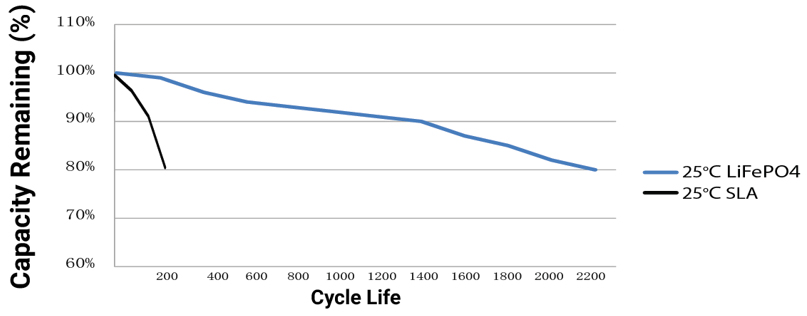STAY ALERT, STAY SAFE!
For a smooth and stress-free experience, always verify SA Home Loans branch and consultant details here on our official website. Remember, we’ll never ask for any fees or monies to be paid upfront.
Savvy Homeowners Prepare For Power Outages - Load Shedding Isn’t Stopping Yet
Our previous article discussed how to set up a simple rainwater harvesting system to provide your home with some water security. We turn our attention to energy in the next six articles in this series. We can assume that load shedding is here to stay, so let’s find the best ways to deal with it.
There are three main options for dealing with load shedding:
- Inverters and batteries
- Generators
- Solar systems
Let’s start with inverters and batteries. Basically, batteries store energy and inverters convert the stored energy into a current that appliances can use.
Types of inverters and how they work
An inverter converts Direct Current (DC) power into standard, Alternating Current (AC). The batteries of alternating power systems store only DC power but household appliances need AC power. There are primarily two types of power inverters:
- ‘True Sine Wave,’ also referred to as ‘Pure Sine Wave,’ inverters replicate and improve the quality of power from the main grid. They are specifically recommended to power high energy-consuming electronic gadgets and equipment.
- ‘Modified Sine Wave,’ also referred to as ‘Modified Square Wave’, inverters are much cheaper and can run a few household appliances, for example - kitchen appliances, lights, and small power tools but not computers, microwave ovens, air conditioners, heaters and laser printers.
Although more expensive, pure sine wave inverter’s operational value is significantly more and they are preferred in most instances.
Types of batteries and their benefits
The most common batteries are either Lithium Iron or Lead Acid/Sealed Lead Acid (SLA) batteries.
Lithium Iron batteries can be completely discharged without causing any damage, whereas damage is done to Lead Acid batteries if they are discharged lower than about 30%.
Also, Lithium has ten times the cyclic life of SLA under most conditions. Although more expensive, lithium can last longer than SLA in cyclic applications, like load shedding.
Figure 1 shows the deterioration of the cycle life of Sealed Lead Acid batteries (SLA) compared with Lithium Iron (LiFePO4) over time.

Figure 1: Cycle Life of Lithium Iron (LiFePo40 compared to Sealed Lead Acid Batteries (SLA) at 25°C. source
Knowing what size inverter and battery capacity you need will depend on what you want to keep powered up during the outages. In our next article, we guide you through the calculations and approximate costs.
Ready to invest in a power or water saving solution for your home? If you’re an SA Home Loans client, we'll help you finance it through your home loan.
